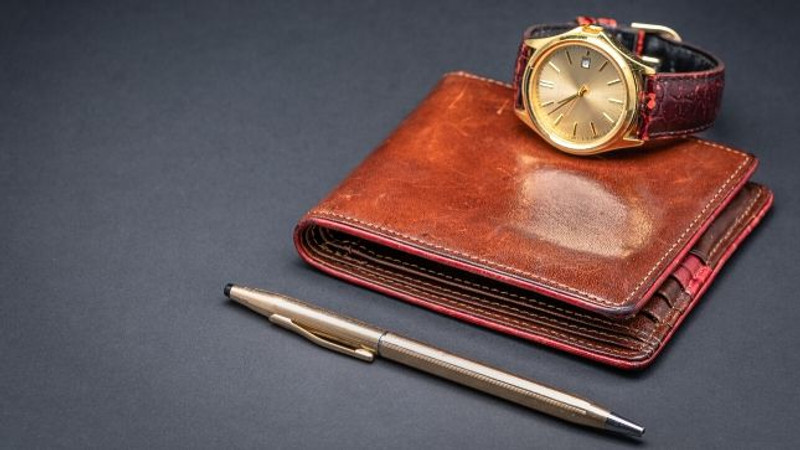A Brief Overview of the Wallet

Throughout time, people have needed to protect and transport money and possessions. Many devices serviced this task, from primitive pouches to over-the-belt leather carriers. Still, in the present day, nothing beats the design and portability of pocket-sized wallets. Here is a brief overview of the wallet so that anyone can see why it’s become the popular choice among men, women, and young people today.
What Are Wallets?
Simply put, wallets are small, pocket-sized cases used to carry bank cards, cash, and identification. Card-sized slots allow the owner to carry other items, like business cards or photographs as well. Some wallets consist of a two-fold or three-fold design, while others feature add-on accessories such as a money clip, coin purse, chain fastener, etc. Many different materials make up wallet production, but leather, fabrics, and synthetic fibers are the most common. Despite the use of digital currency today, wallets still serve a practical purpose to carry money, for use as a fashion accessory, or to highlight the social status of the owner.
Wallets and Other Money-Carrying Devices
Wallets are not the only type of money-carrying device used. Today, there are coin purses, money clips, and digital wallets for cashless transactions. Coin purses or pouches are small money containers that hold loose change. Although pockets have reduced the need for coin purses, some still carry it around for a fashionable adornment. Similarly, money clips are compact cash-holding or card-holding devices that act as a wallet alternative. The main types of money clips used today include metal, titanium, carbon fiber, and magnetic, depending on the owner’s intentions and preference. Alternatively, digital wallets have become more common today with the rise of cashless transactions. These are mobile or electronic software used to hold digital currency. Merchants and consumers engage via near-field communication where the digital wallet transfers the currency in exchange for goods or services.
History of the Wallet
One cannot discuss a brief overview of the wallet without its history. Interestingly, wallets date back to ancient Greece, where large and small pouches carried food, coins, or other prized possessions. Conventional wallets in the Renaissance period followed with the rise of paper currency. These consisted of cow or horse leather with a small pouch to carry coins or calling cards. In the 1800s, wallets carried dried meat, tobacco, and anything the owner wanted to protect. From the 1900s to today, bifold, trifold, and synthetic fabric wallets became the norm. These pocket-sized wallets took over the popular larger, over-the-belt wallets from the previous centuries.
The wallet’s evolution has spawned alternatives, redesigns, and in the case of digital wallets, physical omittance. Today, some people still prefer a physical wallet but want something sleek and portable. That’s where our custom aluminum wallets shine. These slim minimalist wallets are the perfect money-carrying device for anyone who wants a wallet that flaunts secure, RFID-protected reliability and style.

